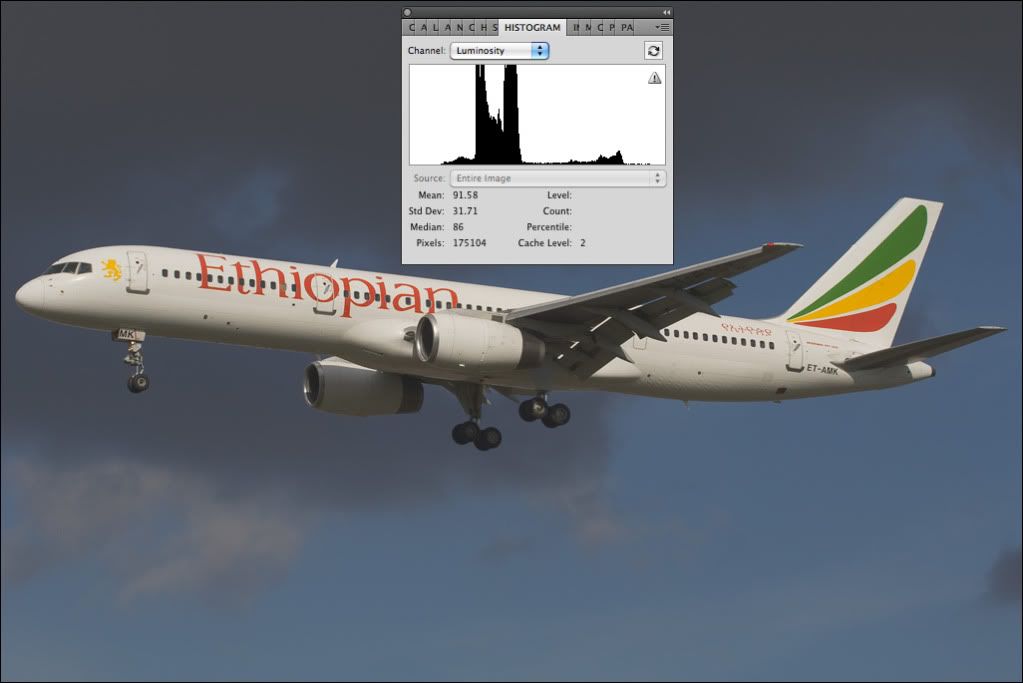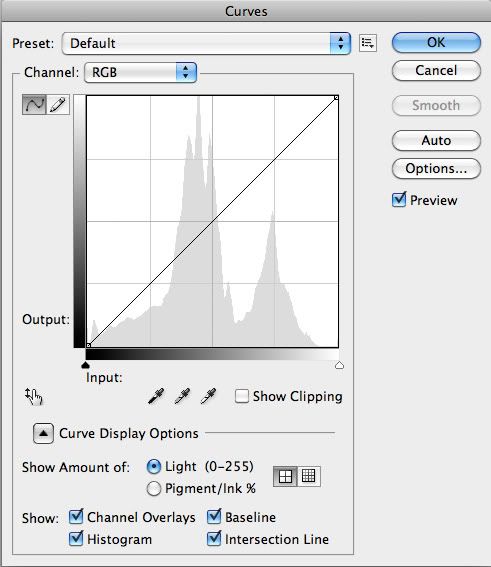Hello,
After several people in the forum helped me with my questions about how to prevent soft rejections, I have had much succes in that.
More recently my rejections were due to a dirty sensor (had it cleaned yesterday), and due to "too little or too much contrast".
So far I have calibrated my screen with a spider express.
Other than that, I am a bit confused about the rejections.
I would like to know the following:
- too much contrast?
- too little contract?
- how can I improve the image in question?
- how can I prevent it.
I think with answers to my questions I will learn a lot (again) and I can improve my images.
On a side note I would also like to learn a bit about 'curves'.
What are they, and how are they correctly applied?
I know it's quite a list (that's why I am asking, as for me it seems like a recurring 'symptom'), but the images in question I would like to learn from are:
Thanks in advance again for your help!
Regards,
Derice.
After several people in the forum helped me with my questions about how to prevent soft rejections, I have had much succes in that.
More recently my rejections were due to a dirty sensor (had it cleaned yesterday), and due to "too little or too much contrast".
So far I have calibrated my screen with a spider express.
Other than that, I am a bit confused about the rejections.
I would like to know the following:
- too much contrast?
- too little contract?
- how can I improve the image in question?
- how can I prevent it.
I think with answers to my questions I will learn a lot (again) and I can improve my images.
On a side note I would also like to learn a bit about 'curves'.
What are they, and how are they correctly applied?
I know it's quite a list (that's why I am asking, as for me it seems like a recurring 'symptom'), but the images in question I would like to learn from are:
Thanks in advance again for your help!
Regards,
Derice.















Comment